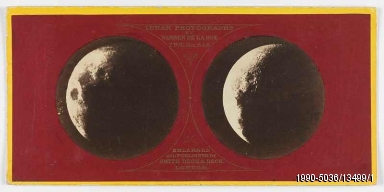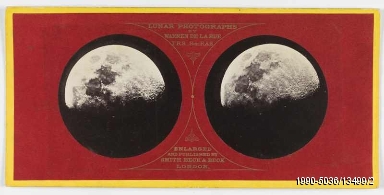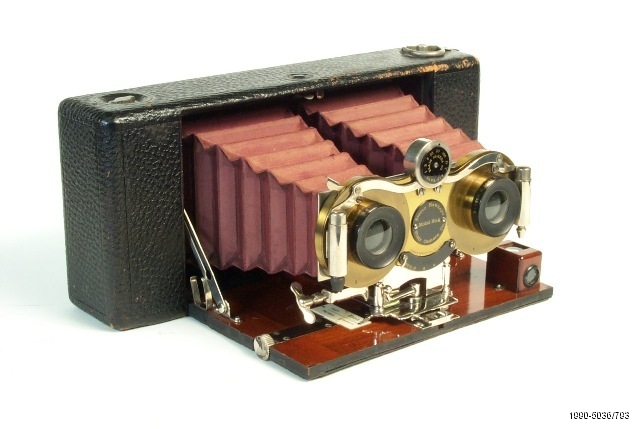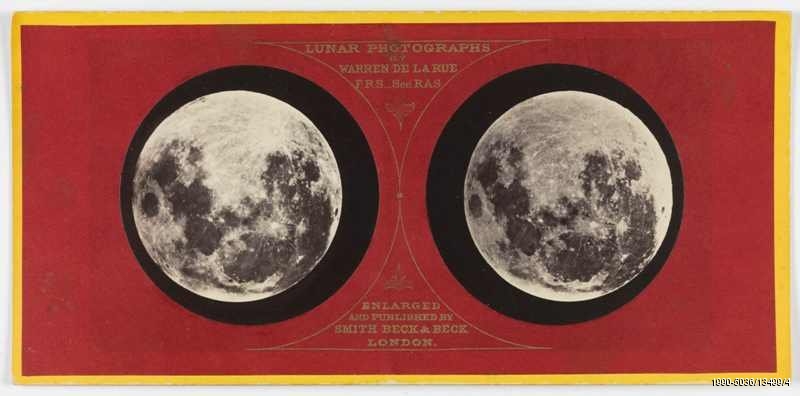As someone without a background in photography, film, television, or media, I often find myself mystified by the objects I deal with on a daily basis. However, I regularly come across material that no amount of expertise can prepare you for. In this series I’m going to highlight some of the weird and wonderful objects I come into contact with down here in the museum’s collection stores.
Stereo-Images of the Moon
In my previous post about stereo-images and viewers I talked a bit about the varied range of subjects that got the stereo treatment. People, landscapes, and even war-zones were all captured in order to allow people, when using special viewers, to see images in an impressive 3D effect. However, this time I want to focus on one result of stereoscopy, these wonderful stereo-images of the Moon.


These are particularly impressive images because of the sheer scale of effort required to take them. To make a stereo image requires two slightly different images to be overlaid with mostly the same detail, but enough subtle differences to make the image three-dimensional. Many stereo-images are taken with cameras with two lenses, such as the one below.

However, taking pictures of something as distant as the Moon would require the two lenses to be incredibly far apart. An alternative method though, would be to take two photographs that are very far apart in time. That is the method that was used by Warren De La Rue to take these particular stereo-images. For example, the following set of Moon pictures are separated by more than a year.

The first one was taken on 27 February 1858, and the second on 11 September 1859. The first was when the Moon was 14.2 days old, and in the second it was 14.8 days old, allowing the two images to be just different enough to create the stereo-effect when observed through a viewer. The other images were also photographed on different nights, and there are even more examples in our collections taken on still different nights, which makes me wonder if Warren De La Rue planned ahead, or was taking images of the Moon every night (weather permitting, of course), and doing the joining up later on.
What I do know is that when you view these images in a stereo-viewer it creates a startling effect. The image bulges in the centre, like you are looking head-on at a ball, and you get a real feeling of depth; that the front is much closer, and the sides are curving away from you. It’s an absolutely fantastic effect, and I get great pleasure from showing it to people when I get the chance. As I said in my previous post, no matter your opinion on the validity of 3D, there is still something captivating about the effect that always impresses.